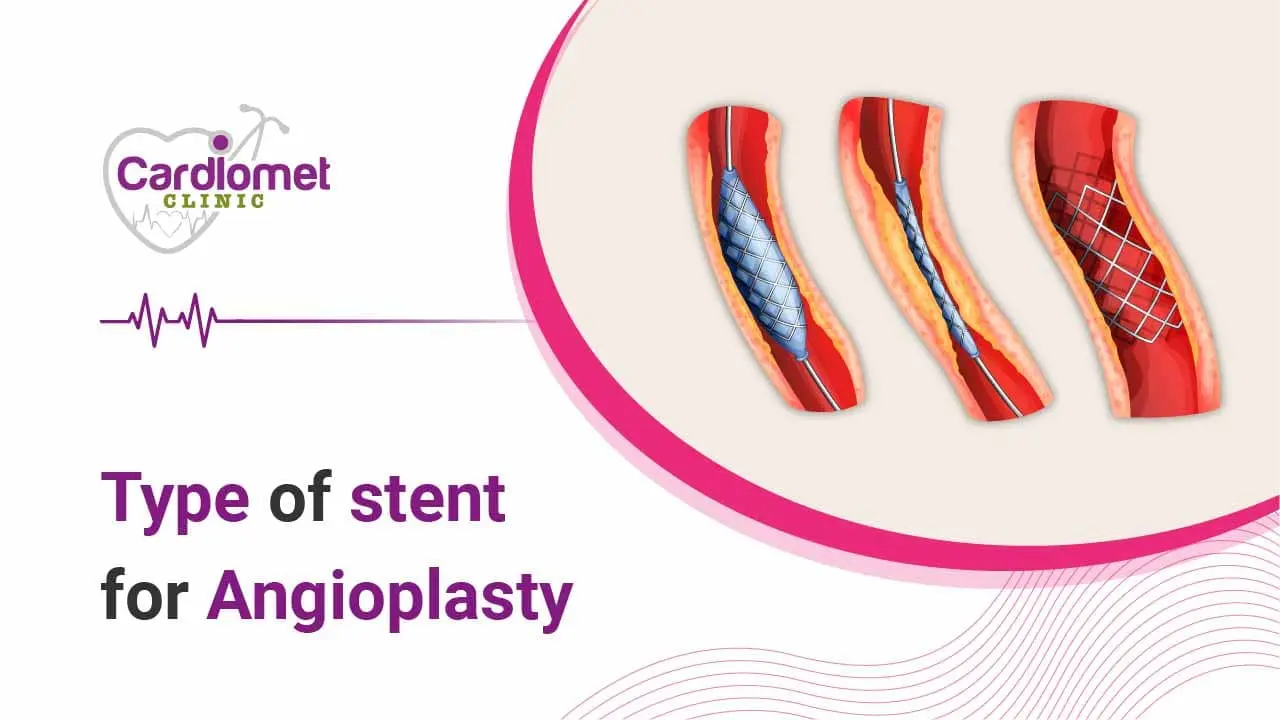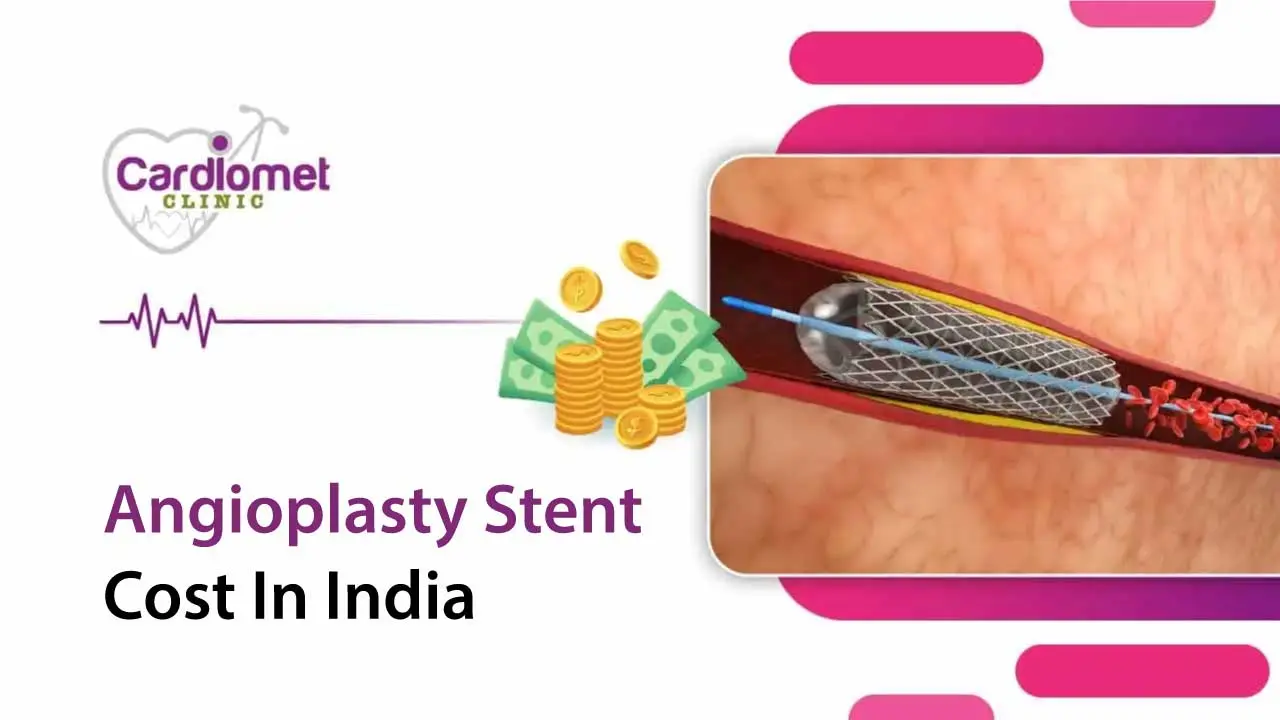What is the difference between angiogram and angioplasty?
As a cardiologist, my goal is to help you understand your heart conditions and make informed decisions about the treatment options available for you.
One common question I hear from patients suffering from cardiovascular disease is what’s the Difference between angiogram and angioplasty?
This post will provide an overview of both tests, how they work, their differences and benefits so that you can make an informed decision on what’s best for your condition.
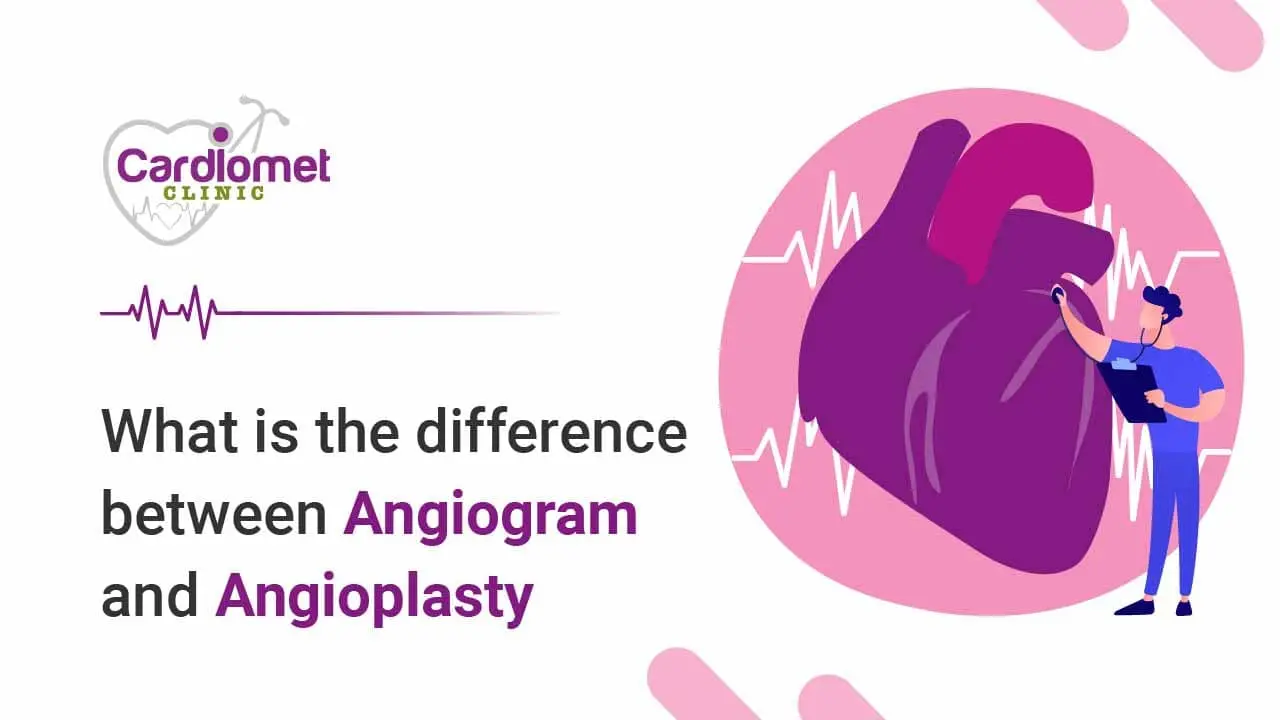

- You can jump to:
What is the difference?
The primary difference between angiogram and angioplasty lies in their purpose.
Angiography is a test & Angioplasty is a treatment. They cannot be compared. Angiography has to be done to decide about Aangioplasty treatment.
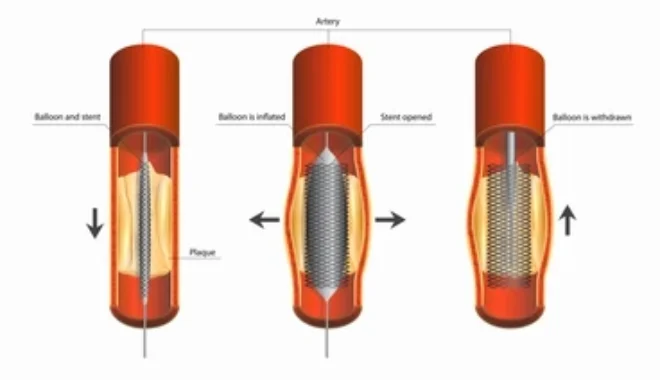
An angiogram provides valuable information about the condition of your coronary arteries while an angioplasty aims to improve blood flow by widening blocked arteries with balloons or stents.
While both tests are essential for diagnosing cardiovascular disease, it’s important to know that they each serve different purposes. Your doctor will be able to provide you with more detailed information about which test(s) are best for you.
To receive the most precise diagnosis and effective treatment strategy tailored to your needs, open communication with your doctor regarding all available choices is essential.
Sharing comprehensive information empowers them to craft the best approach for your condition. For expert cardiovascular care in Pune, consider consulting Dr. Abhijeet Palshikar at Cardiomet Clinic. Get personalized insights, including details about angioplasty costs, to make informed healthcare decisions.
What is Angiogram?
An angiogram is an imaging test that uses X-rays with injected contrast material to produce pictures of the inside of blood vessels.
This procedure involves a thin, flexible tube known as a catheter being inserted into an artery and guided through it using X-ray imaging.
The special dye helps doctors see blockages or narrowing in the coronary arteries more clearly and accurately.
Angiograms allow for precise measurements of any areas where there’s significant narrowing or blockages, providing important information for your doctor about your condition.
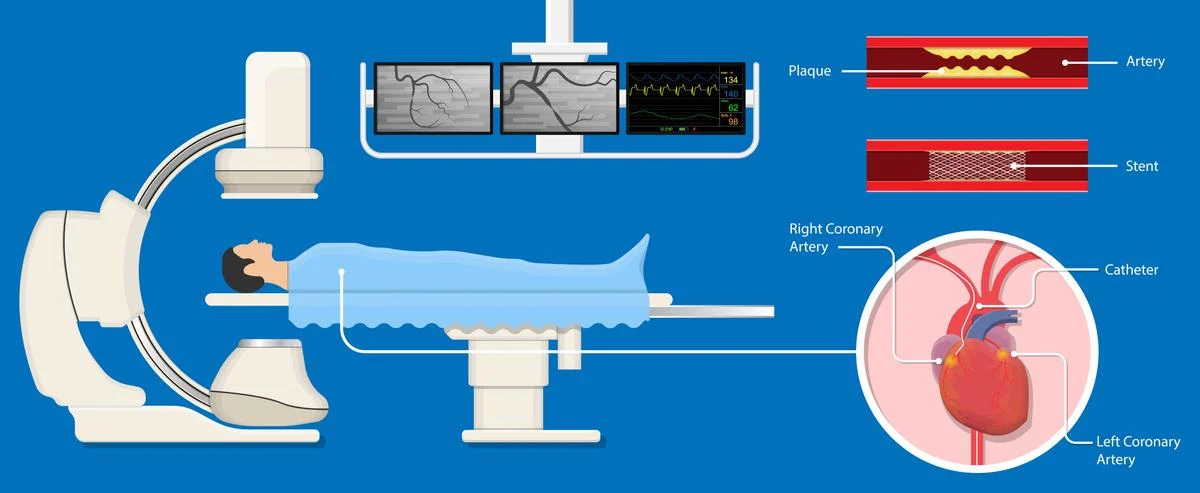
What is Angioplasty?
Angioplasty is a type of minimally invasive procedure used to restore normal function to blocked coronary arteries by widening them with Balloons or Stents.
During the angioplasty procedure, Dr. Abhijeet Palshikar at Cardiomet Clinic inserts a catheter into a coronary artery, advancing an inflation device like a balloon or stent to the narrowed segment.
Once in place, the balloon is carefully inflated, effectively widening the artery and reinstating proper blood flow to the heart muscle. For those seeking angioplasty services in Pune, Dr. Palshikar's clinic offers expert care, and you can inquire about the associated costs with the procedure.
Can Angiogram and Angioplasty be Done at the Same Time?
Yes, it is possible for both angiogram and angioplasty to be done at the same time.
This procedure, called a concurrent angiogram and angioplasty (also known as PCI or percutaneous coronary intervention), is often used when a patient has severe blockages in their coronary arteries.
During this simultaneous procedure, an angiogram helps identify the blockages, and then an angioplasty is used to open up the blocked artery with a balloon or stent.
This procedure can be instrumental in restoring blood flow and improving the symptoms of coronary artery disease.
Which is better: angioplasty or angiography?
It’s important to remember that every individual is different, and there isn’t necessarily a "right” or “wrong” answer about which test is best. Angiography provides an essential overview of the condition of your arteries, whereas angioplasty helps restore blood flow to blocked arteries.
Ultimately, It’s up to your doctor to decide which is best for you.
